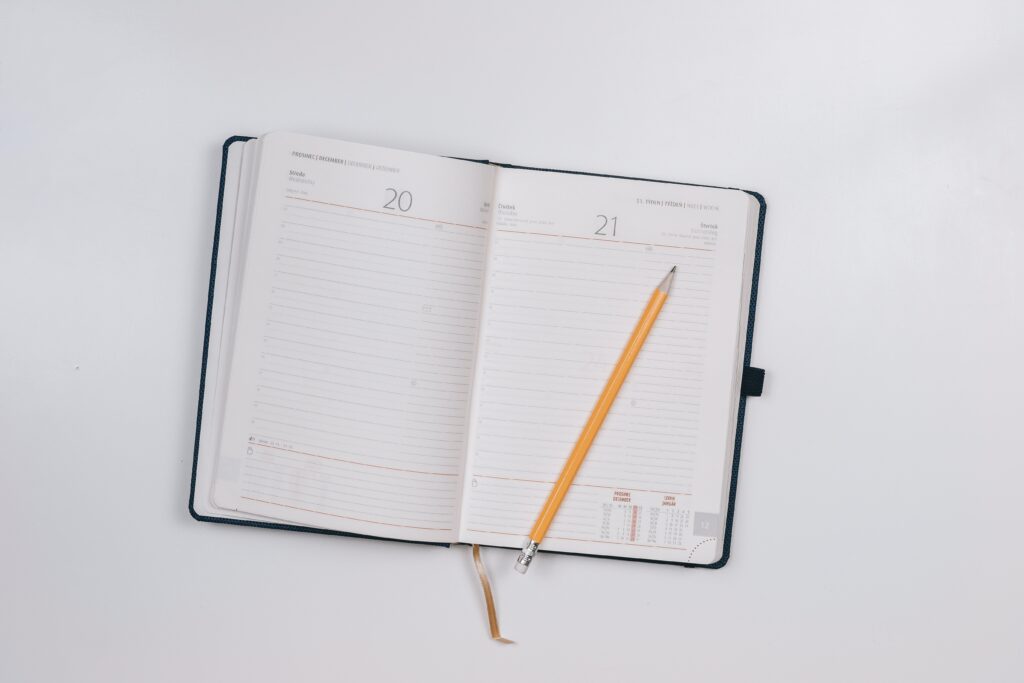Published 9th October, 2023, Anxiety, Depression and CBT and Personal Development Insights and Strategies
Working through your Thought Diary...

Good Morning, Afternoon, Evening, wherever you are in the world as we speak, Welcome to The Takeover Strategy Blog. Welcome, Welcome, Welcome
Working through your Thought Diary
Leading on from our last blog post, "Un-Helpful Thinking Habits," I'd like to continue finishing off this subject for this week. At the Takeover Strategy, we are now working on specific subjects per week as there are many divisions to the takeover strategy where we deal with Depression, Anxiety, CBT, Relationships, Careers, and Business development, whether it's a new business or a small, medium or large existing business. We need to cover every angle as we have different people for different subjects reading our blogs, watching our content, and purchasing our E-Learning material.
So, I'd like to continue along the same journey where we spoke about CBT in our last blog post. Suppose we start with you working through your thought diary to challenge your biased expectations. In that case, you will likely experience a decrease in your belief in the pessimistic predictions you were making and a decrease in the intensity of your emotions. Using a thought diary to develop realistic expectations will help quieten, rather than activate or confirm, your negative beliefs about yourself. This will help you approach situations with an open mind, try new things, and often be pleasantly surprised by what you find instead of letting your negative opinion of yourself constantly interfere with how you live your life.
Try using the Thought Diary for Biased Expectations the next time you notice when you start feeling anxious, nervous, and uncertain or doubt yourself and your abilities. Stop yourself when you notice these feelings and see if you can find any biased expectations contributing to the feeling. See if you notice any predictions you are making, negative conclusions you are jumping to, or bad outcomes you are envisaging. If you notice these biased expectations rearing their ugly head, use a Thought Diary to tackle them. Continue using a Thought Diary to deal with these thoughts and feelings until it becomes second nature. Then, you will find that you can easily catch the biased expectations in your head and challenge them in your head. This will take some time and a lot of practice, so stick to writing it all down in your Thought Diary for now.

Experimenting with Biased Expectations
By challenging your biased expectations you can now be in a better position to approach situations with an open mind and with more realistic and balanced expectations. The next step of challenging biased expectations is to test them out to see how accurate they really are. This is like a scientist doing an experiment with your biased expectations, to test how true they are.
As with a Thought Diary, there are some steps you to work throigh to experiment with your expectations properly. Below is an example of how to do this,
Step 1: Identify Your Biased Expectations
From the first section of your Thought Diary, you will already know what the at-risk situation is, what it is that you have predicted this situation, and how much you believe it will happen. Also, write down how you will know if your biased expectations have come true. Ask yourself: What exactly would happen? What would an outsider see happening? What would you be doing? What would others be doing?
The Situation: Friends invite me to be on their quiz team
My Biased Expectations: I'll be no good; I'll make them lose; I'll make a complete fool of myself; Everyone will see how dumb I am; The others will wish I wasn't on their team.
How much do I believe it will happen (0-100%): 80%
How will I know it has happened? I won't know a single question. Everyone except me will know the answers. The others will make rude comments or glare at me.
Step 2: Identify Your Unhelpful Behaviours
Next, you need to identify what unhelpful behaviors you might be engaging in to cope with your negative predictions and anxiety (e.g., avoidance, escape, safety behaviors).
Step 3: Remember Your Realistic Expectations
Next, remind yourself of the new perspective you developed from your Thought Diary, as you will also want to test your new realistic expectations against your old biased ones.
Step 4: Identify Your Helpful Behaviours
This involves noting what you will do differently to test your new and old expectations to see which is more accurate. This is setting up the experiment and specifying what you will do. This will generally involve confronting rather than avoiding the situation, staying in the situation rather than escaping, and stopping safety behaviors to see how you go by yourself and without imposing conditions and restrictions on entering the situation.
Step 5: Carry Out the Experiment
Follow through with what you set out to do in step 4; carry out the experiment, engaging in the more helpful behaviors you have identified, and see what happens
Step 6: Evaluate the Results
The last step is to reflect on what happened and how this compares to what you expected in Step 1. What were the results of the experiment? What did you observe? How does this compare to your biased expectations? Which expectations did the results support (biased or realistic)? What was it like to carry the experiment out and act differently? What did you learn from the experience?

What happened? For example, I answered some questions in my areas of interest. I got some questions wrong, but so did others - no one saw it as a big deal. I had a good time. No one seemed to take it too seriously. They seemed to be pleased to have me on their team. How much did my biased expectations come true (0-100%)? 10%
Which expectations were supported by the experiment? Example: My more realistic expectations. What was it like to act differently? It was hard at first. But not overpreparing, purposely suggesting a wrong answer, and not planning how to escape showed me that I can do this and that knowing everything is okay.
What did I learn? Example: This shows me that what I predict will happen in the situation may be guided by my opinion of myself and may not always be accurate. I may need to make my expectations more realistic, act accordingly, and see what happens.
If the results of your experiment do not support your biased expectations, which is often the case, that is great! It will be essential to remember that the next time you find yourself making biased expectations. It will also be essential to reflect and ask yourself, "What does this mean for you?" However, should your biased expectations be supported, which may happen sometimes, you must ask yourself some questions about this. Ask yourself: Were there any other reasons for the result besides who you are? What else was happening at that time? Are there other ways of viewing what happened? What could you learn from the experience to improve or change things in the future?
It is important to note that only some things we think are accurate or have no grain of truth. However, when we often have problems with low self-esteem, we consistently predict negative things about ourselves and our abilities and act accordingly. We always take action to question these predictions or test them out. This is a habit that is important to break. It is the automatic process of predicting the worst because we want to change our negative view of ourselves. It is important to tackle this because if you can make more realistic predictions in your day-to-day life, you will think and act differently, inconsistent with someone with low self-esteem. Behaving in a manner inconsistent with your low opinion of yourself is the path to overcoming this negative opinion. When you do this, you will start to gather new information about yourself, allowing you to see yourself in a less harsh, more positive, and kinder light.
Conclusion
This will teach you self-awareness and enhance your ability to be mindful of what you say and feel. When you start to do this regularly, you will find over time, you won't need a diary; you will be able to automatically switch to asking yourself.
Book a FREE Strategy Call
Let's work together today, and start your journey to a more fulfilling life and working balance

DOWNLOAD OUR FREE E-BOOK
THE DIGITAL TAKEOVER
Download our FREE E-Book
The Digital Takeover

Comments
